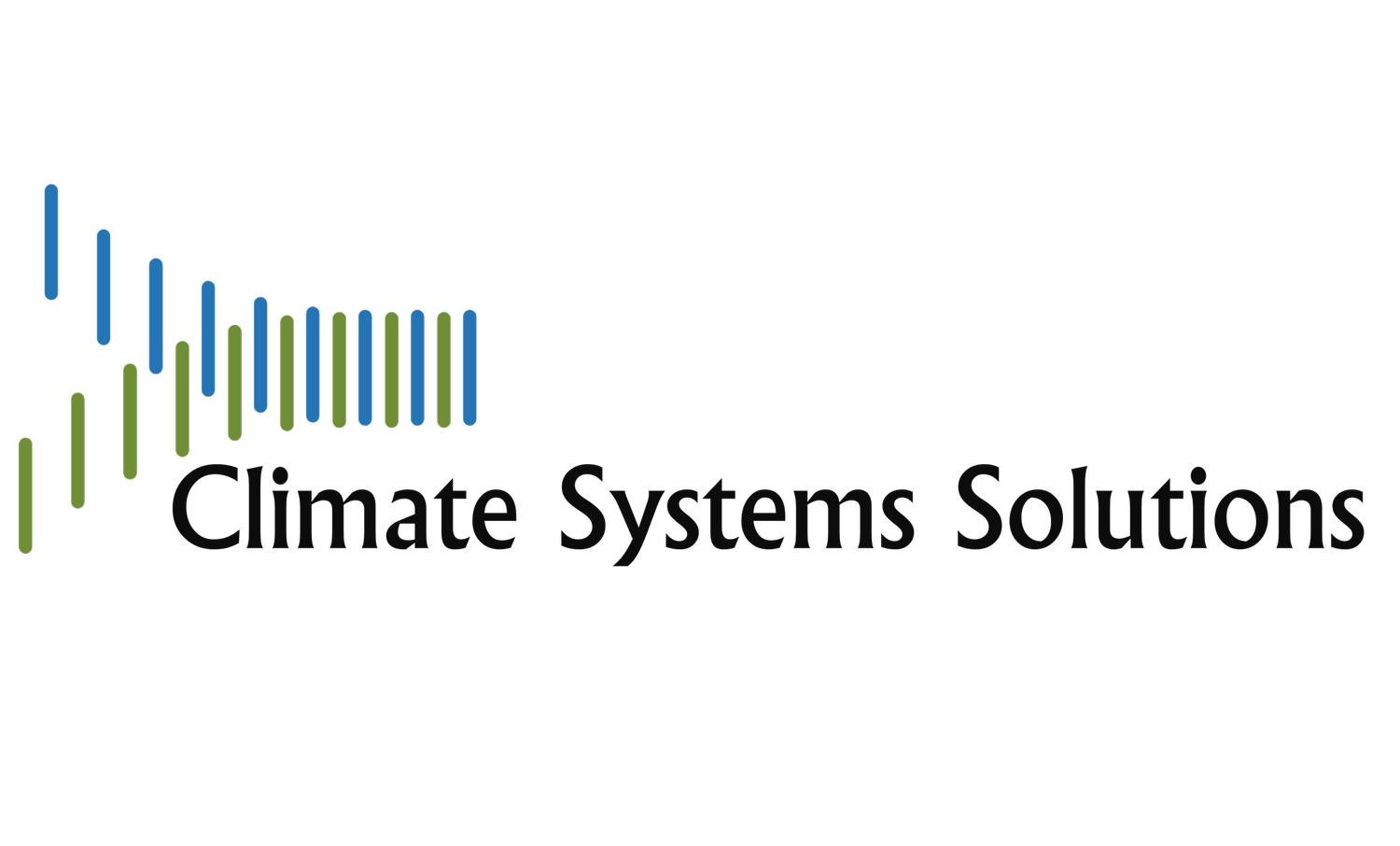Supporting the Transition to
Regenerative Farming at Scale:
The Economics
There are multiple challenges for conventional farmers wanting to transition into regenerative practices. Access to markets for different types of crops, changing out equipment, storage, logistics, skill sets, a temporary loss of yields all combine to complicate the transition.
A representative model of the approach suggested here has been developed for the Great Plains Regenerative Grazing Project by Native which is a public benefits corporation to develop what could be referred to as a look ahead plan named Help Build™ Carbon Offsets. It is a comprehensive total systems change program as defined by this example from a partner organization Western Sustainability Exchange, but can be and should be customized for various applications.
The farming business in general is a business of narrow margins. Investments in regenerative improvements to sequester carbon need to have immediate returns. However, it takes time for ecological changes to take hold, often outside the amount of time needed for farmers to receive a return on investment. The proposed process structure can be described as:
Depending on size farmers dedicate their entire land or a plot of land situated within their farm as a demonstration site.
An expert design / process team models a transition path to regenerative practices customized to each farm that optimizes the sequestration of carbon in combination with the restoration of water, soil microbiome, nutrient density, biodiversity. Each farmer will control the final program, but in each case the design should conform to regenerative principles leading towards organic certification based on a statistical modeling process.
These programs will be implemented over a 3-5 year period, with specific actions required each year to advance towards regenerative organic status (suggested using the Rodale Institute certificate). An annual audit performed by an independent 3rd party will certify progress and compliance with the plan.
Performance and valuation criteria is outcome based (f.e. Savory’s Land to Market TM program, https://bionutrient.org, Western Sustainability Exchange). Metrics to apply values based on statistical modeling need to be developed.
The plan/model committing the farmer to specific actions will be registered and submitted to potential funders.
Funds raised from investors (as outlined) will be paid annually starting with year 1 to each farmer, then annually upon certification by an independent audit. The final release of the funds will be upon achieving regenerative and if possible organic certification.
This ‘build carbon’ model brings the upfront investment needed for ranchers and farmers to take the steps to accelerate and improve their soil’s health. This funding process bridges the financial gap between making the changes and when the productivity and profitability benefits take hold. The challenge will be to make these services available to different types of producers, in particular to smaller growers who are at this point not able to participate in established carbon markets. The model described above can be adjusted to less rigorous standards that still secure access to organically grown foods by and for local communities.
Western Sustainability Exchange is one of the emerging non-profit groups which monitors and evaluates the practices as defined in the transition models for improved soil health and increased carbon sequestration into soil. The Sustainability Certification provided by the Rodale Institute is rigorous and focused on holistic ecosystem services that go beyond soil carbon, instead supporting the aggregation of benefits such as biodiversity, watershed repair, pollinator protection and other ecosystem services.
